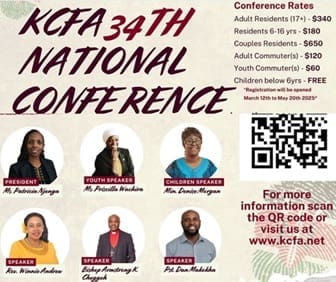The Supreme Court Wednesday read out a substantial part of its full verdict on the August 8 presidential election petition.
In his opening remarks, Chief Justice David Maraga said the five judges would only read out the main parts of their judgment to which lawyers representing all the parties in the petition agreed.
On the bench were five judges. Chief Justice Maraga explained that Judge Smokin Wanjala had travelled out of the country.
In a landmark declaration that was delivered on September 1, four judges (Chief Justice David Maraga, Deputy Chief Justice Philomena Mwilu, Smokin Wanjala and Isaac Lenaola) voided the presidential election while two judges, Jackton Ojwang’ and Njoki Ndung’u, dissented.
Justice Isaac Lenaola
Justice Isaac Lenaola, one of the judges who supported nullification of the poll, read the summary of the petition highlighting the requests by the complainant as well as submissions by the respondents.
The court cristalised the following issues for determination:
- Whether the election was conducted within the principles laid down in court.
- Whether there were irregularities during the conduct of the general election and their impact on the integrity of the election
- What consequential orders the court should grant, if any
Lenaola said the court analysed “the violation of the principles in the constitution and the election law that the petitioners were complaining of.”
Deputy Chief Justice Mwilu:
“The Independent Electoral and Boundaries Commission (IEBC) flouted the law and the constitution to the extent that they become the law themselves. On our part, elections is not just an event but a whole process, this is also described in IEBCs handbook.
Kenyans lost confidence in the 2007 General Election results due to the chaotic and confused way of tallying and announcing. Kriegler had recommended use of technology in the electoral process. The technology to be used should be transparent and verifiable.
After announcing results IEBC could not provide all Forms 34A arguing that presidential results were determined by Forms 34Bs
IEBC was required to provide certificates of penetration tests on the transmission systems and also provide GPS location of KIEMS kits which was not done.
IEBC did not verify results that had been electronically and systematically transmitted from the polling stations before announcing which violated the Constitution and the law.
IEBC CEO Ezra Chiloba admitted that IEBC was not in a position to supply the petitioner with all Form 34As, three days after results were announced and insisted presidential election was based on Form 34B which were all submitted. This raised questions.
Apart from duty to verify, IEBC has duty to ensure the system of voting should be simple, accurate, accountable and secure. Numbers must just add up.
Kenyans endured long hours and cast vote then after that the system became opaque. We can’t prove that Uhuru Kenyatta got majority votes.
Chief Justice Maraga
IEBC failed to act on violation of law on misuse of public resources by Uhuru Kenyatta during campaigns. Raila Odinga claimed in his petition that Uhuru used State resources for political activities against the law.
(From a random sample) out 291 forms, 56 had no watermarks features while 31 did not bear serial numbers and a further 5 were not signed at all and 2 were only stamped by returning officers but not signed, in addition a further 32 forms were not signed by agents. The above indices put accountability of forms in question.
The results of August 8 election cannot pass the test of authenticity and we have to nullify them despite the numbers.
More to follow as proceedings are ongoing
Source link-standardmedia.co.ke








